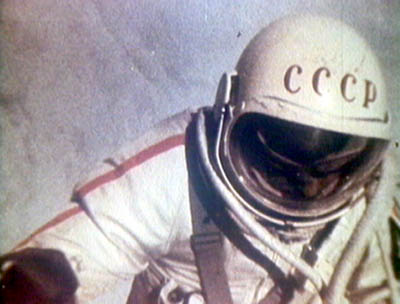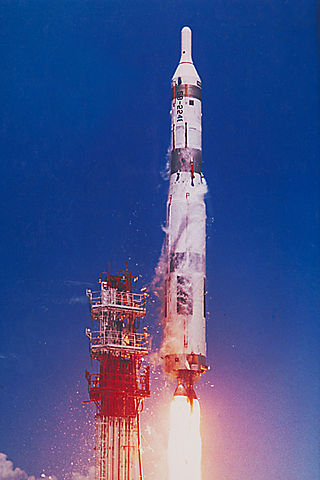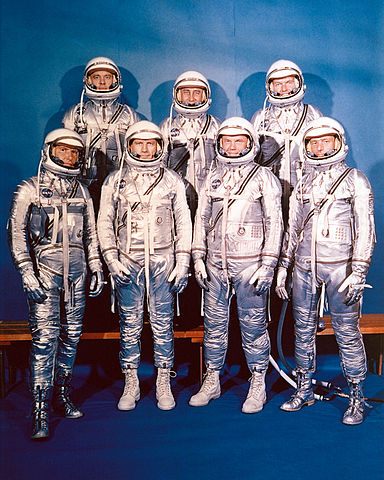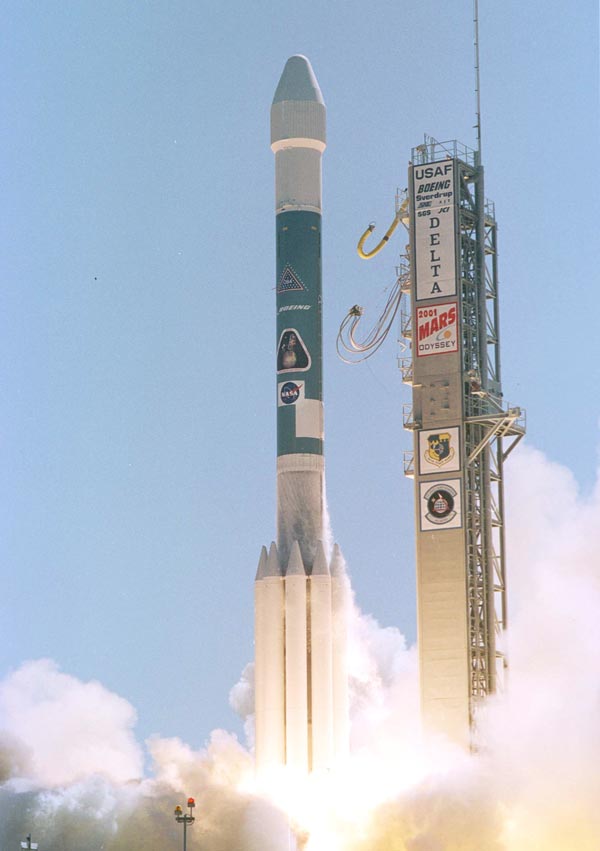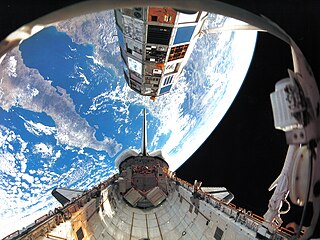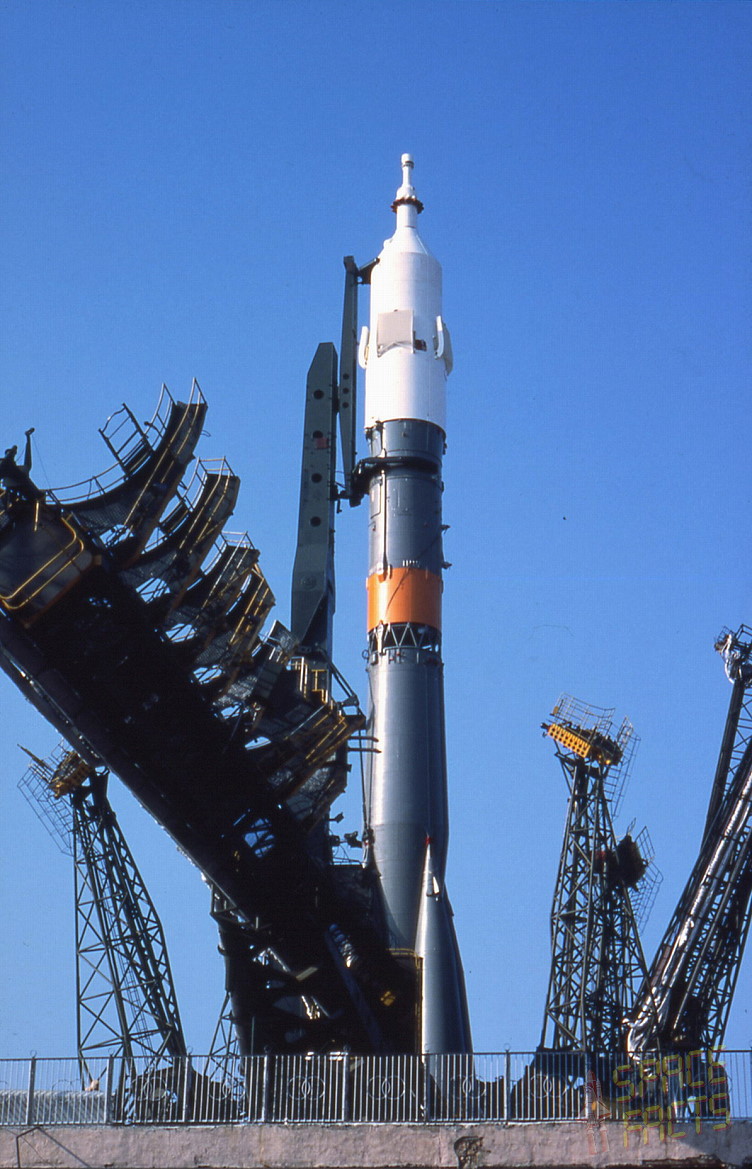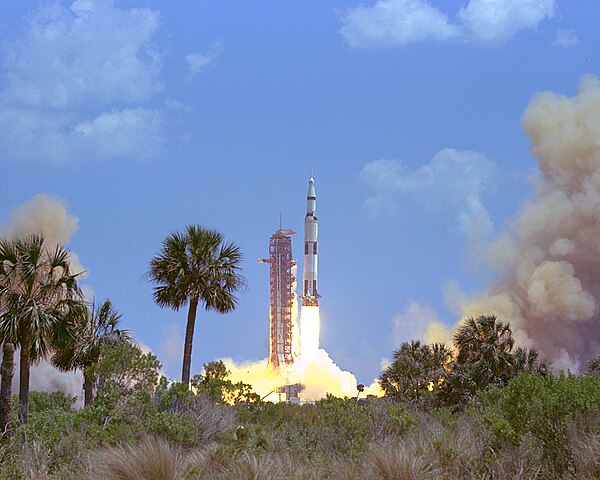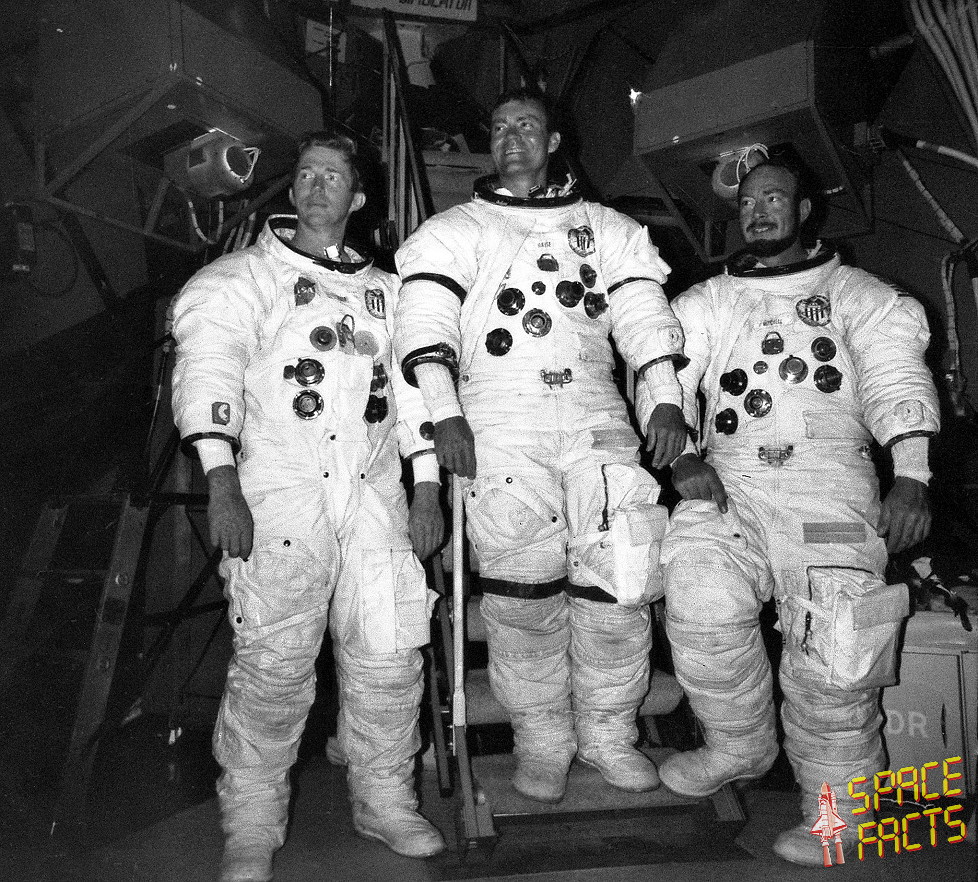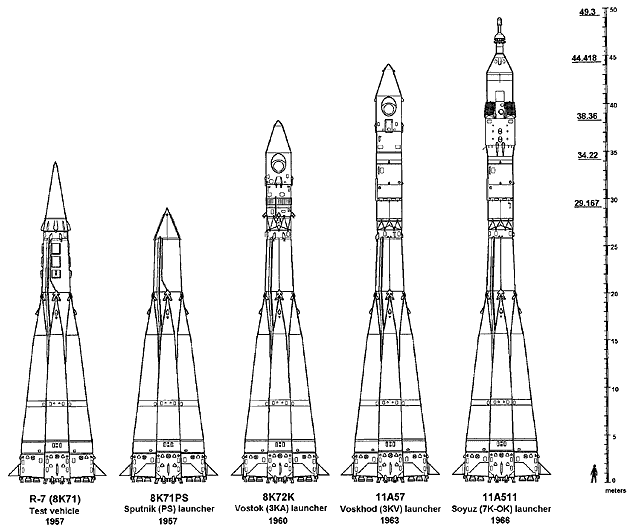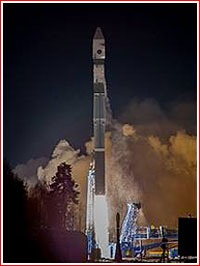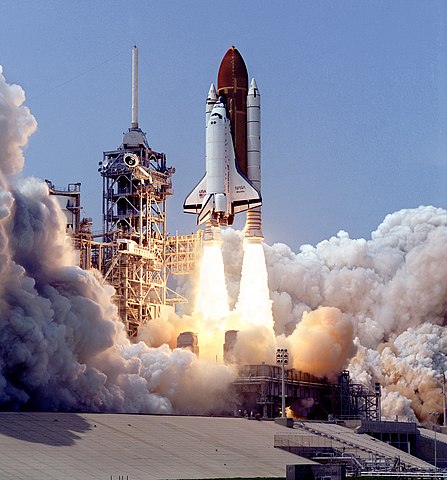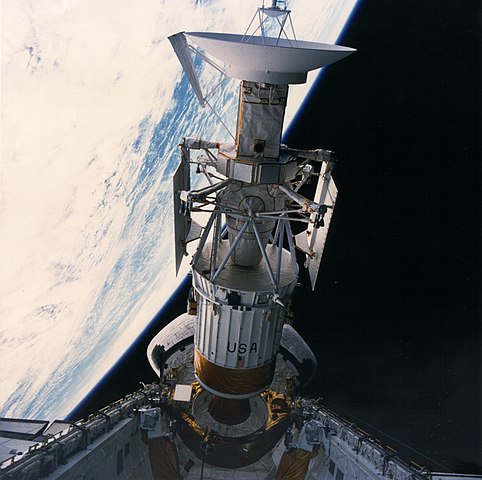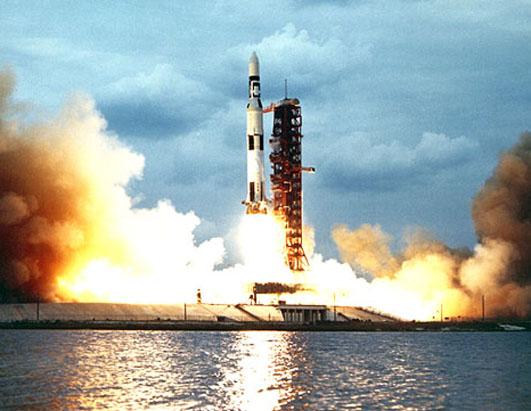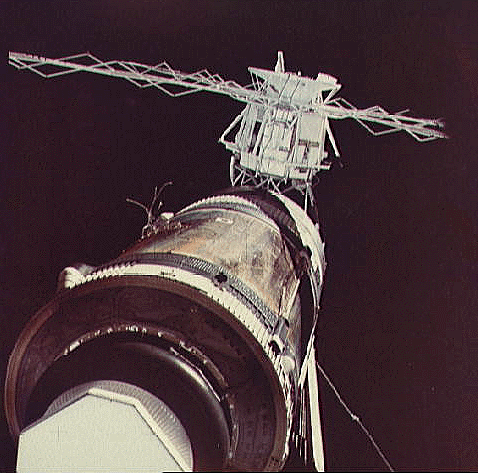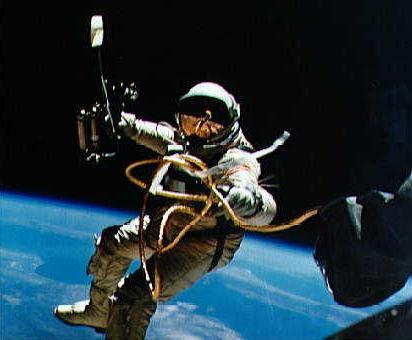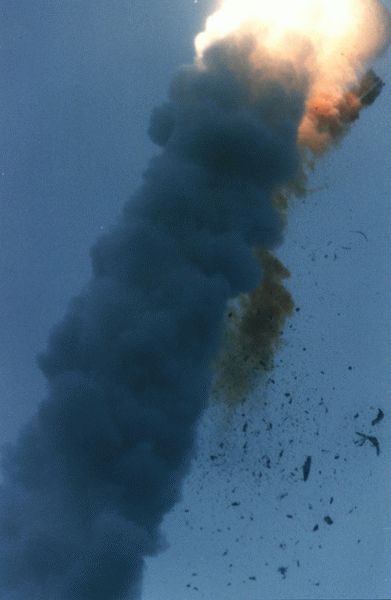D-Day for Apollo 13, 45 years ago today.
At about 8am EST, the crew was able finally able to jettison
Odyssey's SM. Normally, the SM's reaction control system (RCS) would fire to pull it away. In this case, they had to use
Aquarius's RCS instead.

They turned the remaining stack around to photograph the SM for later investigation. They were shocked by just how much damage the SM sustained, seeing the antenna damage and a breach in the bulkhead against one of the fuel cells.
Indeed, they were very lucky to be alive. But the extent of the damage caused by the O
2 tank explosion raised concerns that
Odyssey's heat shield might've sustained damage as well.
Once
Odyssey was fully powered up, they jettisoned
Aquarius at long last. It would be one of only three LM's to meet its fate at atmospheric interface instead of the Moon.
The radio blackout caused by re-entry ionization lasted 87 seconds longer than normal, but they emerged okay. They splashed down roughly 610 miles SE of American Samoa, only 4 miles away from its recovery ship, the amphibious assault ship USS
Iwo Jima.

The
Odyssey CM is now resting at Kansas Cosmosphere after being sent to several places for display. The SNAP RTG from the ALSEP experiment package on
Aquarius is resting at the bottom of the Tonga Trench. No leak of its plutonium has been detected, so it should be safe.
********
An investigative panel was raised, led by Langley Research Center Director Edgar Cortright. The only astronaut on the actual panel was Neil Armstrong, though Bill Anders served as an observer in his position as the Executive Secretary of the National Space Council.
As a summary, changes required for the Block II CSM were not implemented. For example, the power for the O
2 tanks was not changed to handle the Block II's more potent power supply. They also found that the temperature gauge on the tank's heater was not designed to register higher than 80 °F, but it rose to over 1,000 °F. This melted the Teflon on the electrical wires, causing the short circuit and the fire.
In addition to re-designs to the CSM to catch components up to the general system changes originally implemented, new procedures were put in place to deal with tanks that were over-pressurized.
The astronauts themselves were never suspected of any wrong-doing, either accidental or intentional.
********

Jim Lovell retired from NASA and the Navy in 1973. He was one of the few to fly four missions before the Space Shuttle program, including John Young, Tom Stafford and Pete Conrad. He went into the private sector, working various executive jobs until retiring for good in 1991.
An Eagle Scout, he's been honored many times by the Boy Scouts of America, and served as President of the National Eagle Scout Association in the mid-1990s. I think he was the President when I got my own Eagle in 1995.
What brought Lovell permanently into the American lexicon was writing a memoir of the Apollo 13 mission,
Lost Moon. It was turned into the film
Apollo 13 in 1995. Although Tom Hanks ultimately got cast to portray him, when he was first approached about a film, Lovell thought Kevin Costner would be a better fit.
Kathleen Quinlan was nominated for an Oscar for Best Supporting Actress, portraying Lovell's wife, Marilyn. Ed Harris was nominated for Best Supporting Actor, for portraying flight director Gene Kranz.
He's the one the first said "Failure is not an option."
Jim and Marilyn also had four children. His second, James III or "Jay", is a chef who owned his own restaurant in Illinois for a while. It was opened by his father (with Jay as executive chef) with memorabilia from his astronaut career. It was being sold in 2014.
********

About the same time Lovell retired, Jack Swigert took leave from NASA to take an advisory role to the U.S. House of Representatives with the Committee on Science and Technology. This gave him a taste for politics, and he officially retired from NASA in 1977 to pursue his own office. In the interim, he took various executive positions as well, including one in a mining company.
A Republican, he ran for the then-newly-created 6th congressional district in Colorado in 1982. It covered the Eastern suburbs of his native Denver. Unfortunately, he was diagnosed with nasal cancer during the campaign, and it quickly spread to his lungs and bone marrow.
Swigert was elected with 64% of the vote. He didn't make it to his swearing-in, dying at George Washington University Hospital on December 27, 1982. He was 51. He never married or had children. Daniel Schaefer was elected to complete his term in a special election.
The above statue is located at Denver International Airport. It is a duplicate of a statue of him placed in the United States Capitol in 1997.
********
Oh, and one last thing...
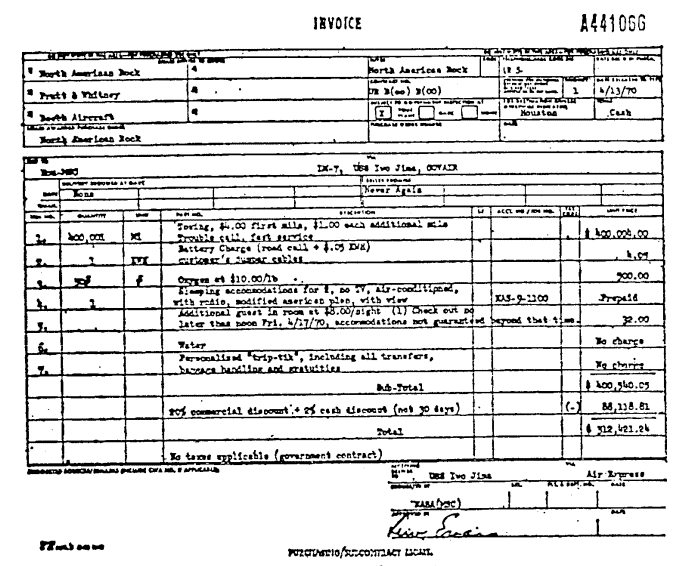
Grumman jokingly billed Rockwell (who had acquired North American Aviation the previous year; they also cited CSM subcontractors Pratt & Whitney and Beechcraft) for the rescue. They charged $1/mile for towing with $4 for the first mile (400,001 miles), 5¢/kW-h for power, $10/lb for oxygen, and $8/night for Jack Swigert being an extra occupant. They also applied commercial and cash discounts.
In their "official" refusal to pay, Rockwell noted they never charged Grumman for "towing" their LM's to the Moon in the previous three missions.
